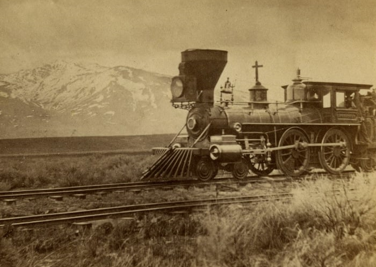Transportation Overview - part 1 of 3
The overview of US transportation

What does today’s modern society consider as the future of transportation? Since the 1930s, it’s been the same: variations of flying cars within ten to twenty years. The only thing flying-by have been decades of unmet expectation.
What does it take for a car to fly? The one thing everyone agrees on, is that the high number of bad drivers would be worse in the skies. Lots of cars with helicopter blades is out of the question. Part of the reason that cars don’t fly: there’s a plethora of mystifying questions of how can it work? Where’s the beginning for cars to fly? One starting point is that the cabin section of a car has to have the ability to float. It would require an extremely quiet source of control and acceleration, plus automated or autonomous flight paths.
Technology and incremental change
How can the incremental process move to alleviate automobile dependency, as Western Society’s primary source of transportation? The first step in the incremental process is having a viable product. At present, an alternative to replace the car is non-existent. There are, however, advanced transit technology systems available for implementation in certain areas.
Another incremental step: create as much public interest in transportation innovative as there is with cellphone technology. Interest in transportation can grow with revolutionary technological advances when it affects people in a way that provides extremely quick, convenient and effortless mobility access.
Today’s modes of transportation have only seen slight improvements to its 100 to 200-year-old technology. The transportation of yesteryear is antiquated. Its technology is outdated for satisfying the demands for today’s technologically advanced society. Today’s public perception of transportation is fixed in antiquity. The perception of today’s society regarding the minor adjustments of advances in existing modes of transportation: it’s boring.
The subjects of sustainable urban growth and advanced transportation are absent topics in conversation from the general public. This signifies an unrelatable attitude from the general public. Everyone knows a little bit about transportation; they use it every day. Very few know a lot. The word: transportation includes so much. It’s something too large for any one person to make a significant change, and as such, it’s held as unimportant. Nonetheless, it’s important for government planning agencies to be cognizant about the possible realities that technology will bring to the future of transportation.
Incremental change in transportation requires something to talk about. It requires something to be enthusiastic about, something driven with excitement, new and innovative concepts, and creativity with purpose.
Regarding the incremental process of changing society’s transportation, what does history say?
Patterns of change in the history of US transportation
Transportation in the US began with horses and walking. The streets were dirt. As the towns filled with people walking, horses and wagons, the busier they became. The busting commerce centers became larger which produced an overwhelming accumulation of horse manure. The summer accumulation brought stench and flies, the winter rain and snow created a muddy mess.
Train history
There are many articles and books about train history. Rather than adding to the plethora of existing information, this link is to an excellent article, written by Mary Bellis, “The History of Railroad Technology”, which covers the history of trains.
In the short study regarding train history, it leads to another important question. What’s the history of US transportation policy? There were no regulatory standards for walking or riding horses in the 1700s or 1800s. Train technology proliferated in the Eastern and Mid-West as private enterprise throughout the 1800s and into the 1900s. It took an act of Congress to build the Transcontinental Railway in the 1860s.
The direction of this article focuses on passenger service. The history of train service is mixed with passengers and freight. The train service dedicated to passengers in the US is very limited. This Wikipedia link is list of the heavy rail rapid transit systems in the US.
Streetcar history
Streetcar systems were built to carry people as their only function. Similar to the necessity of commerce being built upon transit-oriented land-use at the train stations, the functionality of streetcar systems are the foundation to transit-oriented land-use designed urban growth.
This Wikipedia link is a detailed list to streetcar systems throughout the US.
The demise of streetcars and the rise of automobiles
The best article about the history of and the demise of streetcars is in an article from Vox.com:
https://www.vox.com/2015/5/7/8562007/streetcar-history-demise



